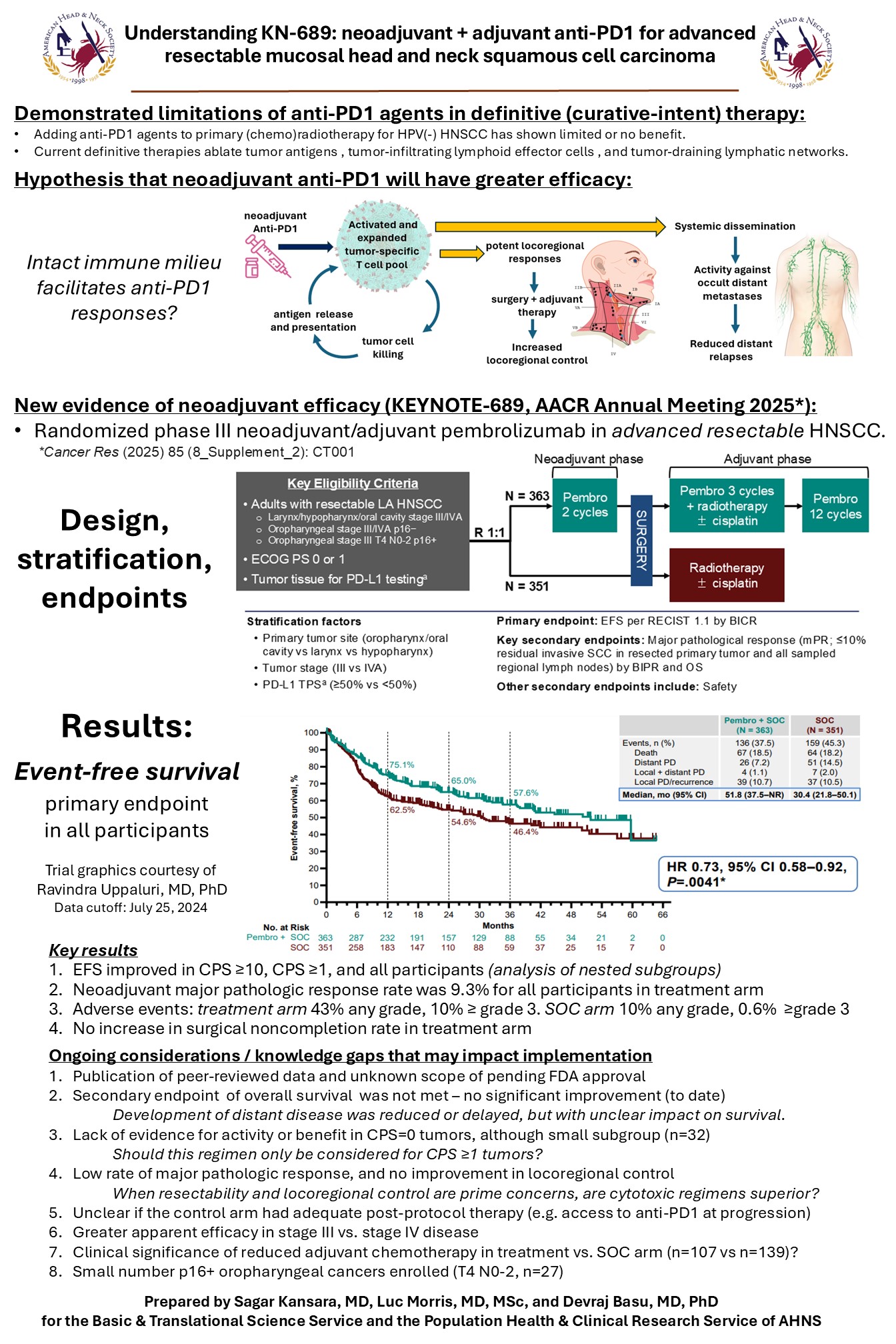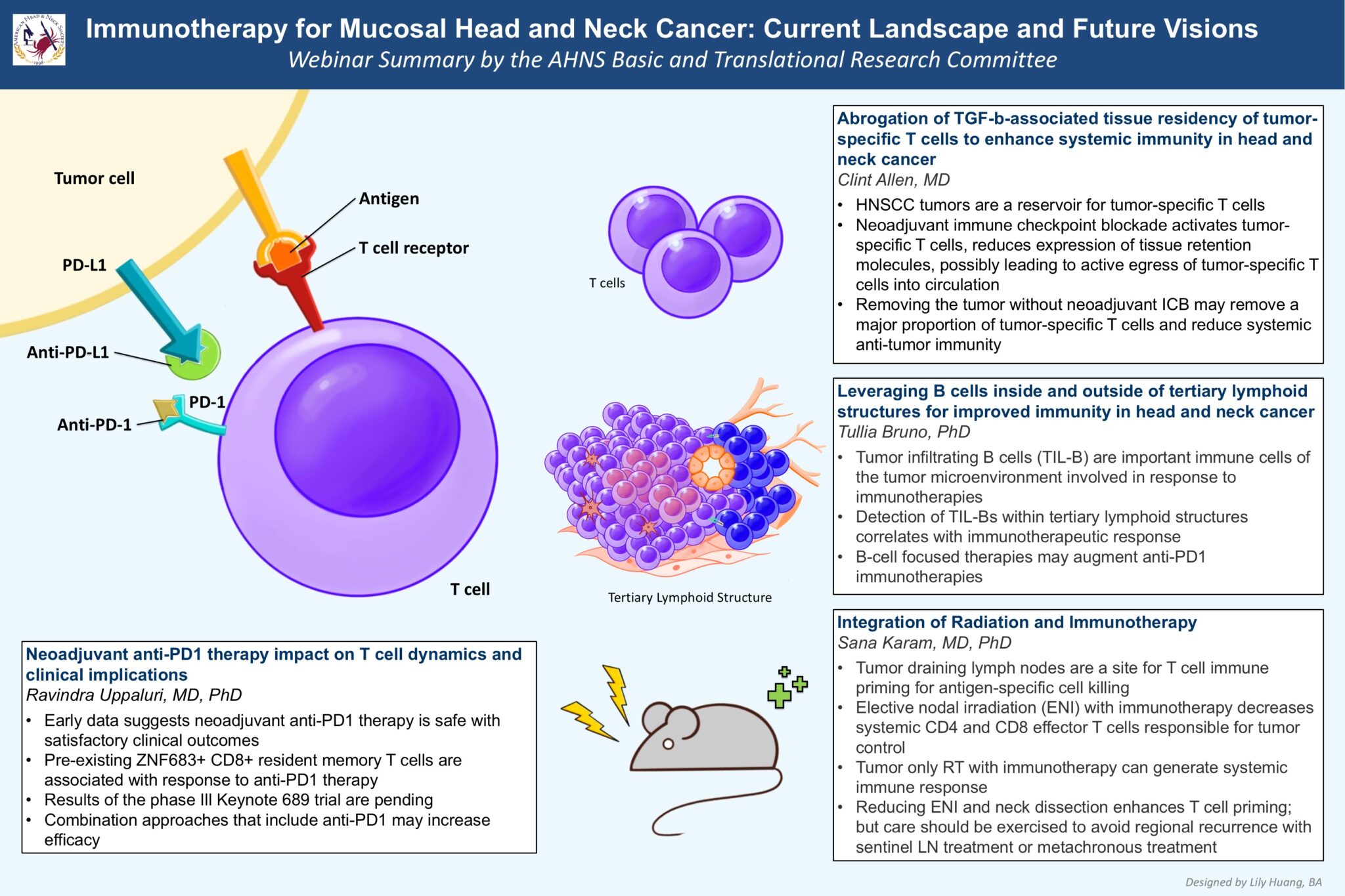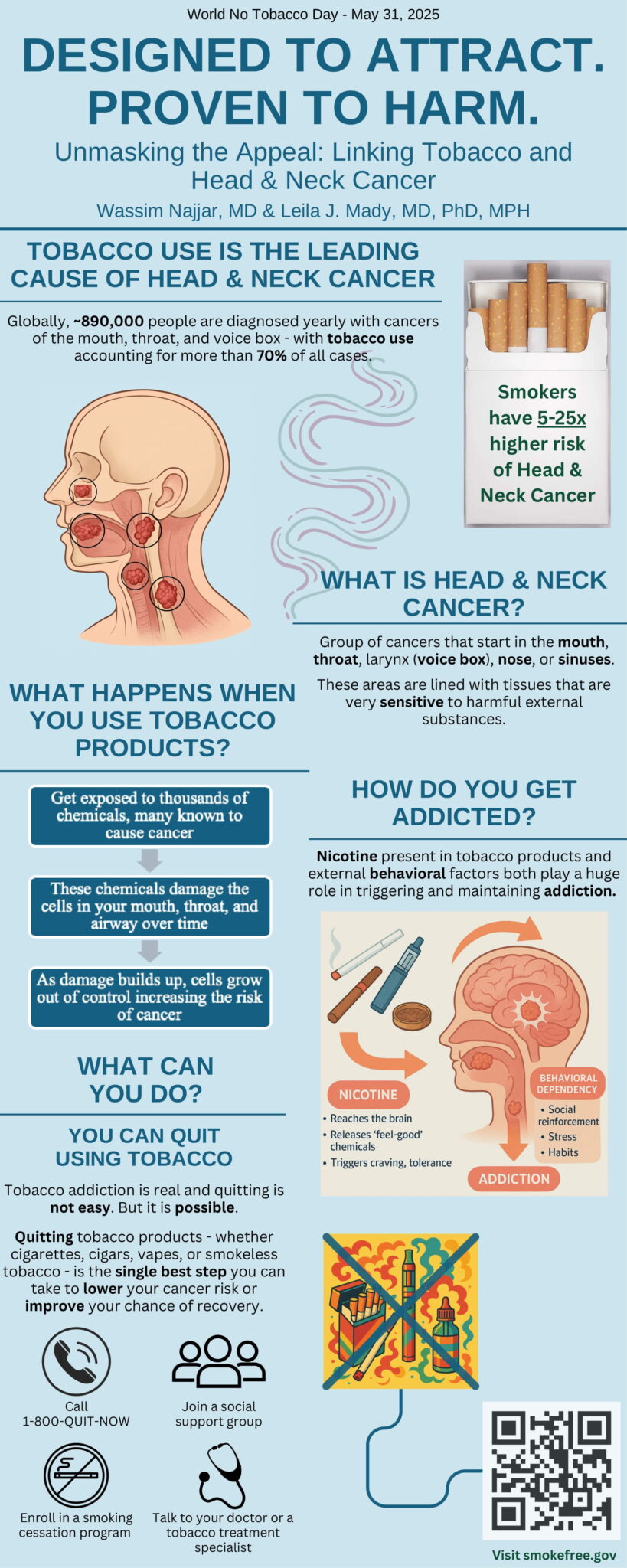Statement from the American Head and Neck Society in Support of Continued HPV Vaccination
The American Head and Neck Society (AHNS) strongly supports the continued and widespread use of the human papillomavirus (HPV) vaccine as a vital public health measure to prevent HPV-associated cancers, including oropharyngeal cancers—the most rapidly rising HPV-related malignancy in the United States. Scientific evidence has consistently demonstrated that HPV vaccination is safe, effective, and significantly …




